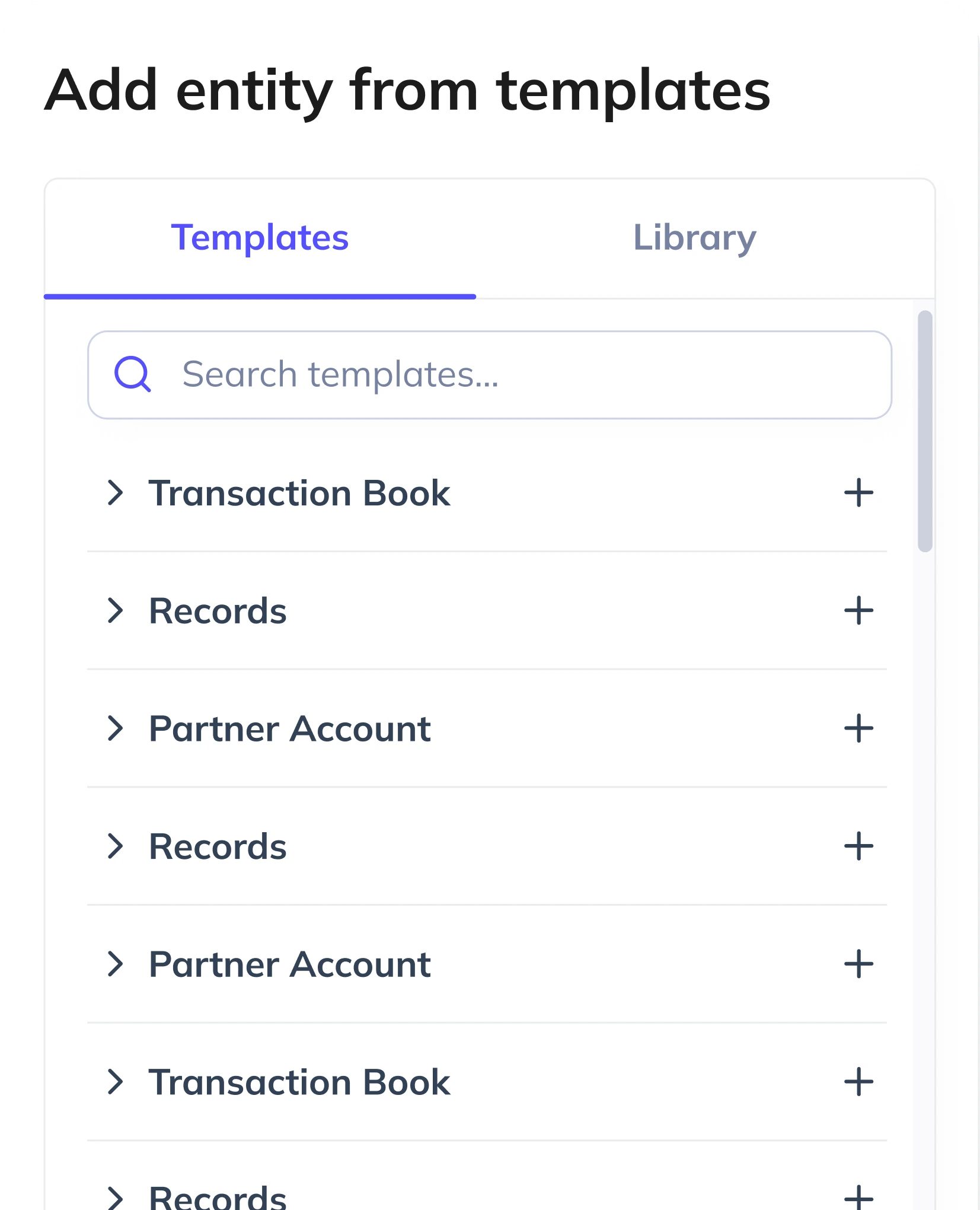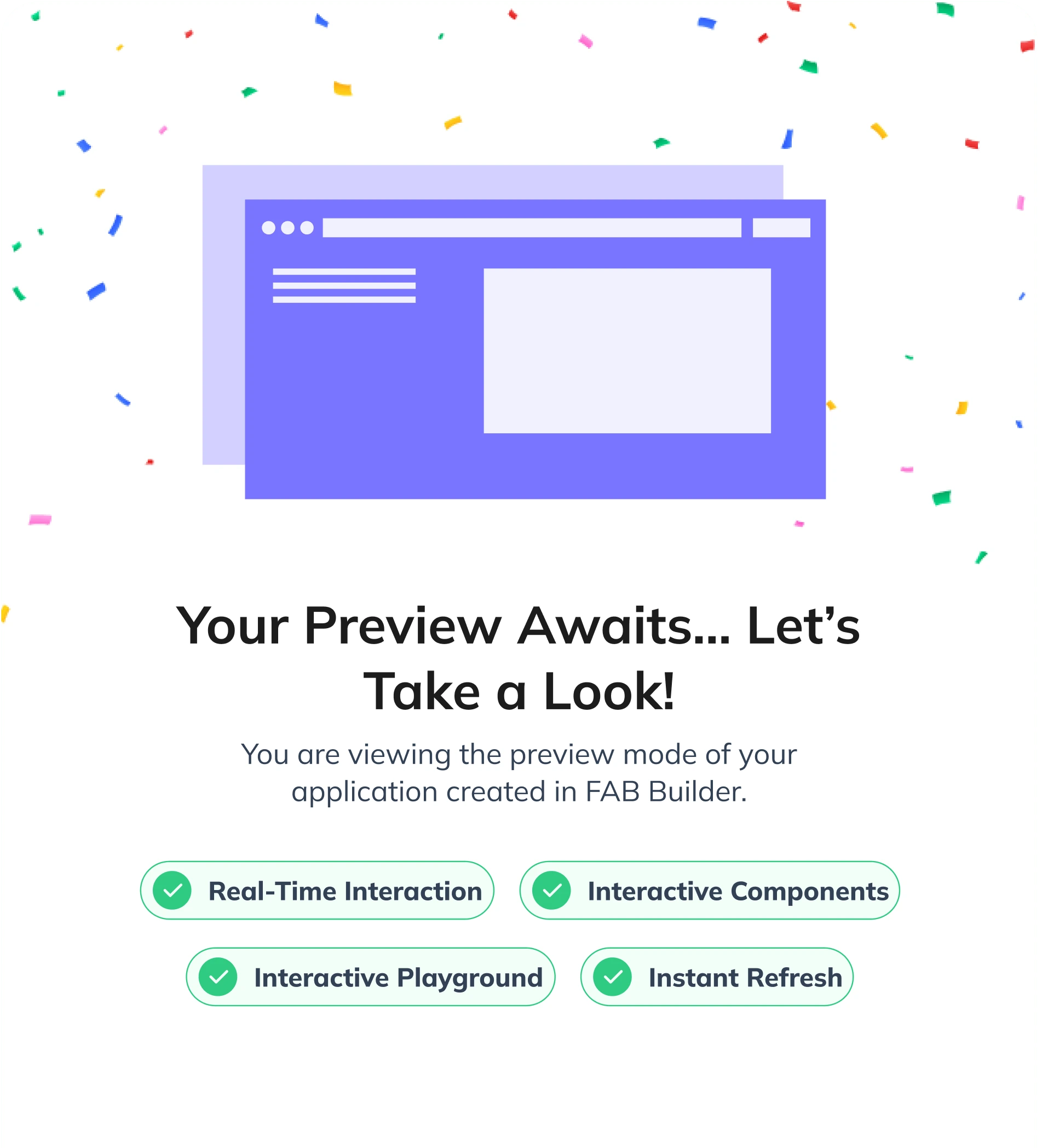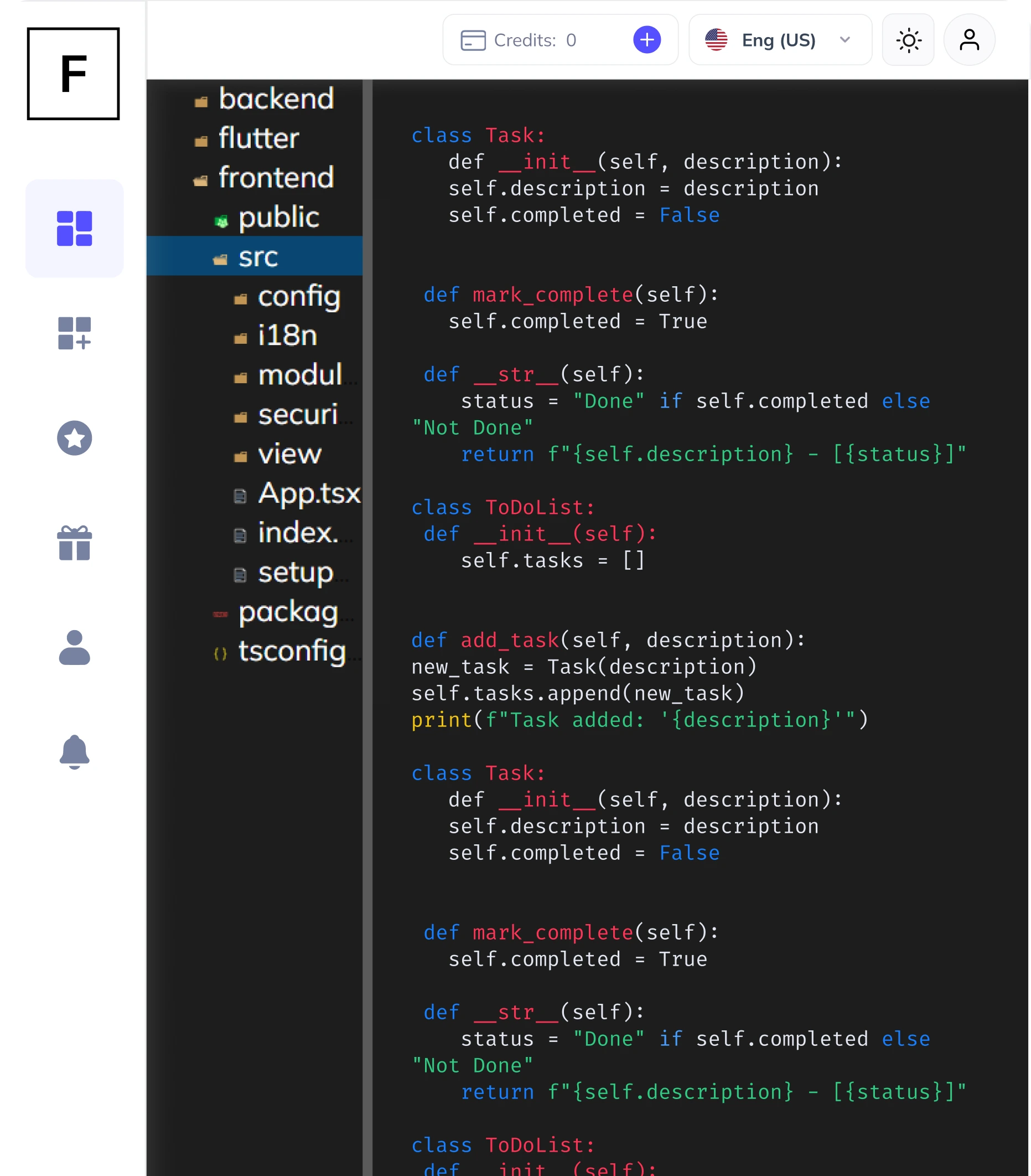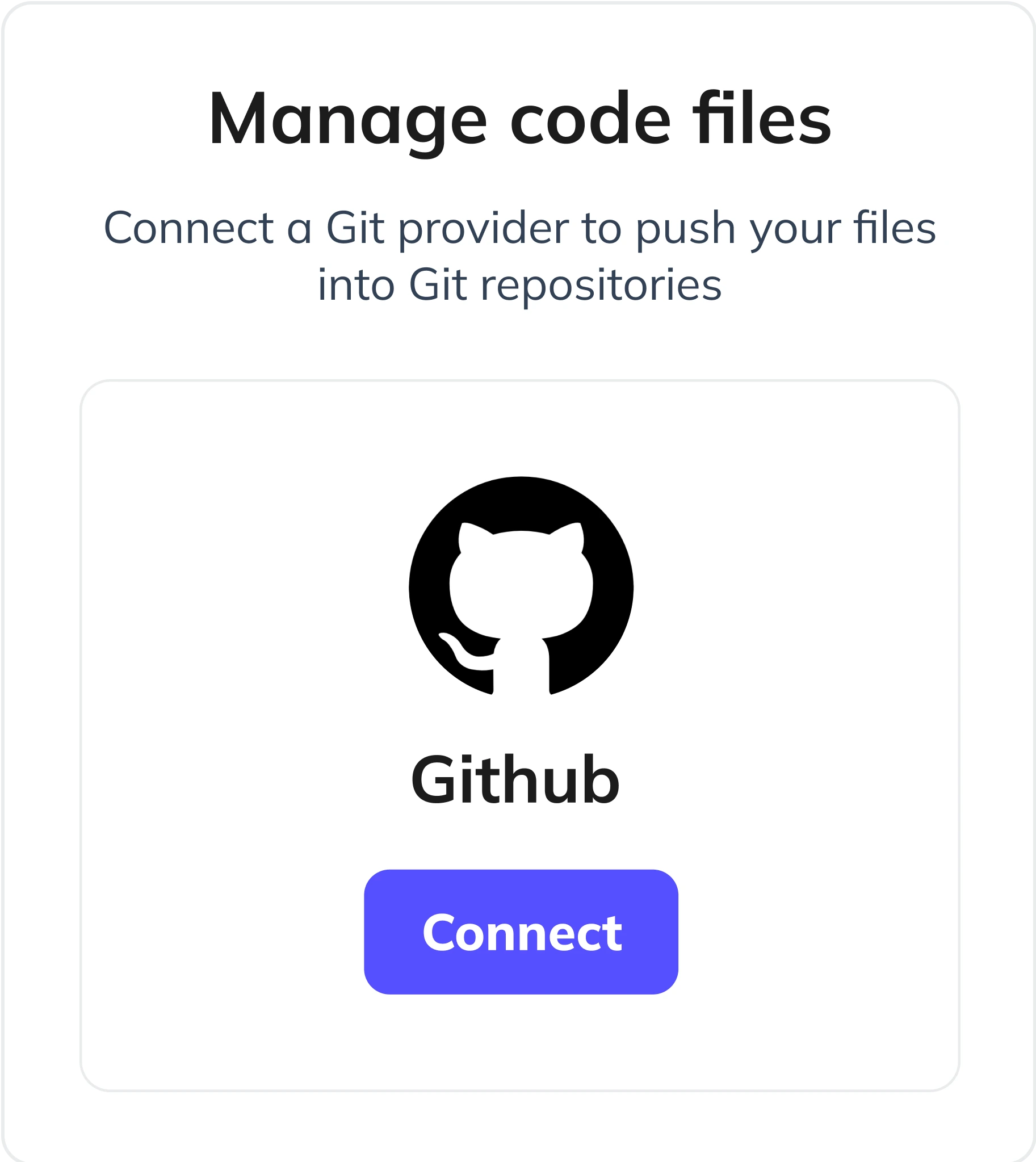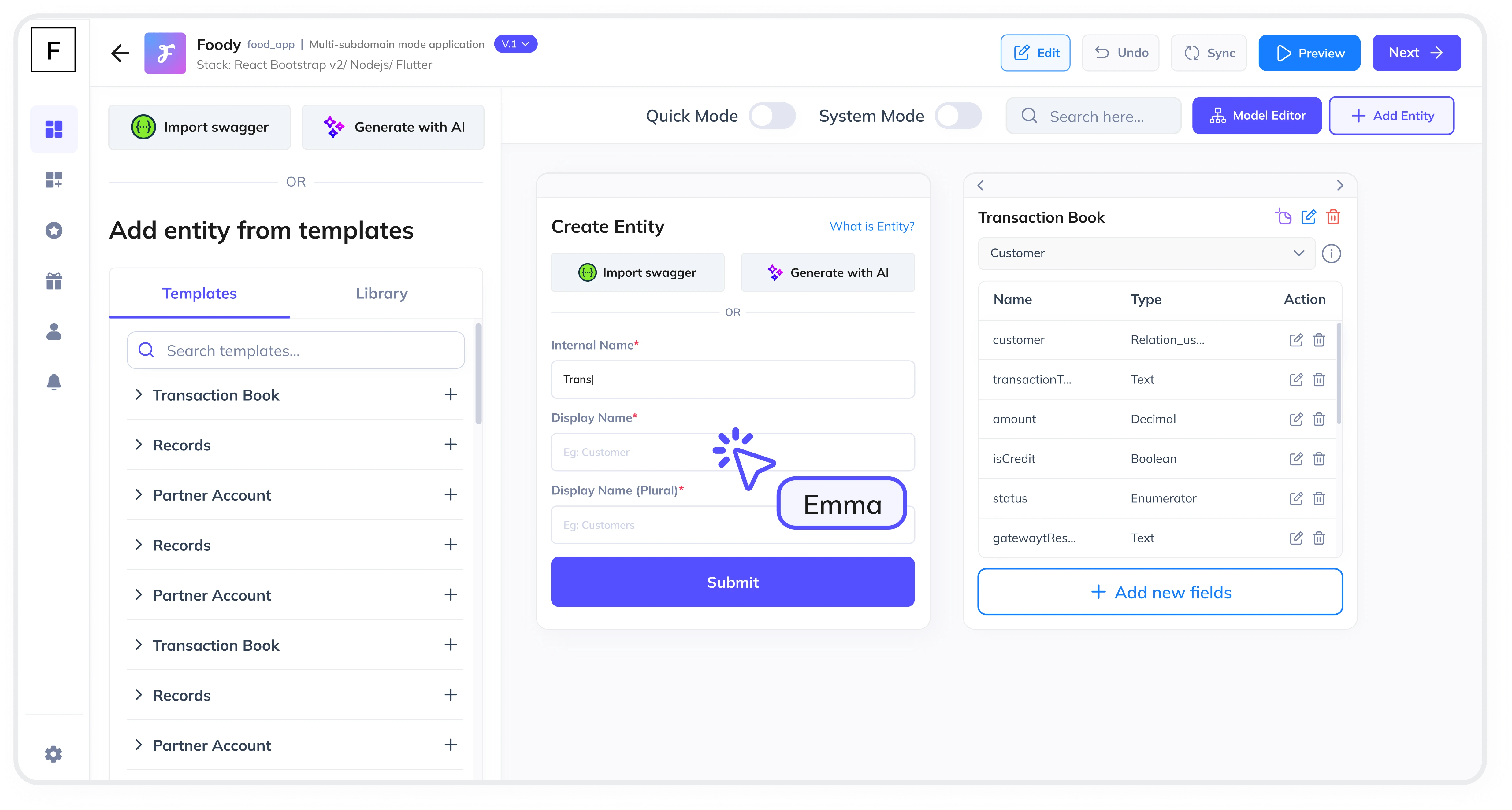Summarize and analyze this article with:
The Itinerary Management module is a critical component of travel and booking platforms, enabling users to plan and organize their travel schedules seamlessly. This module allows travelers to schedule flights, hotels, activities, and transportation, ensuring a well-structured and hassle-free travel experience. In this guide, we’ll walk you through the step-by-step process of creating an Itinerary Management module using FAB Builder, a low-code platform that simplifies full-stack application development.
Why Use a Low-Code Platform?
Low-code platforms like FAB Builder are revolutionizing application development by:
- Reducing Development Time: Pre-built templates and drag-and-drop functionality speed up the development process.
- Empowering Non-Developers: Business users can contribute to application development without extensive coding knowledge.
- Enhancing Collaboration: Developers and business teams can work together seamlessly.
- Ensuring Flexibility: Easily adapt to changing business requirements.
Step-by-Step Guide to Creating an Itinerary Management Module
Step 1: Define Your Application Requirements
Start by outlining the features and functionalities you need in your Itinerary Management module. For example:
- Flight and hotel booking integration
- Activity scheduling
- Transportation arrangements
- Real-time updates and notifications
Step 2: Use FAB Builder’s AI-Assisted Entity Creation
Describe your application requirements in FAB Builder, and the platform will automatically generate entities and fields. For example, entities like Flight, Hotel, Activity, and Transportation can be created with just a few clicks.
Step 3: Choose the Right Technology Stack
Selecting the right technology stack is crucial for building a scalable and efficient Itinerary Management module. Here are some popular options:
- Frontend: React.js, Angular, or Vue.js for a responsive and dynamic user interface.
- Backend: Node.js, Java, and .NET for handling real-time communication and data processing.
- Database: MongoDB, PostgreSQL, or Firebase for storing messages and user data.
- Real-Time Communication: WebSockets or libraries like Socket.IO for real-time message delivery.
- Cloud Hosting: AWS, Google Cloud, or Azure for scalable and reliable hosting.
With FAB Builder, you can leverage a low-code platform that supports multiple technology stacks, including MERN, MEAN, React with Tailwind, and more. This flexibility ensures that your Itinerary Management module can adapt to changing requirements and scale effortlessly.
Step 4: Customize the Module
Leverage FAB Builder’s customization options to tailor the module to your specific needs. Add role-based permissions, configure file storage, and integrate payment gateways as required.
Step 5: Test and Deploy
Test your Itinerary Management module thoroughly to ensure it meets all requirements. Once satisfied, deploy it to AWS, GCP, or Azure with FAB Builder’s one-click deployment feature.
Step 6: Scale and Innovate
As your business grows, scale your application effortlessly with FAB Builder. Use the generated code as a baseline to build additional features and innovations.

Why Choose FAB Builder for Your Itinerary Management Module?
FAB Builder is a powerful low-code platform that enables you to create production-ready applications with minimal effort. Here’s why FAB Builder stands out:
- Full Source Code Ownership: All code generated by FAB Builder is downloadable, ensuring complete intellectual property rights for your business.
- AI-Assisted Entity Creation: Describe your application requirements, and FAB Builder will automatically generate entities and fields.
- Multi-Tenant Configurations: Build SaaS applications and sell subscriptions to your B2B consumers with ease.
- Flexible Tech Stack: Choose from MERN, MEAN, React, Vue, Angular, Node.js, .NET, Java, and more.
- Managed Hosting: Deploy your application to AWS, GCP, or Azure with just one click.
Use Cases of an Itinerary Management Module
An Itinerary Management module is essential for:
- Travel Agencies: Streamline travel planning for clients with automated scheduling and real-time updates.
- Tour Operators: Organize group tours, manage bookings, and provide personalized itineraries.
- Corporate Travel: Simplify business travel planning with integrated expense tracking and reporting.
- Personal Travel Apps: Empower individual travelers to create and manage their own itineraries.
Benefits of Using FAB Builder
FAB Builder offers numerous advantages for developing an Itinerary Management module:
- Rapid Development: Build and deploy applications faster with low-code development.
- Customization: Tailor the module to meet your specific business needs.
- Scalability: Easily scale your application as your business grows.
- Security: Multi-layer security ensures your data is protected.
- Cost-Effective: Reduce development costs with pre-built templates and AI assistance.
Key Features of FAB Builder
FAB Builder comes packed with features that make it ideal for creating an Itinerary Management module:
- Bulk Data Import/Export: Import and export data via Excel with role-based permissions.
- Configurable File Storage: Choose from File System, AWS S3, Google Cloud Storage, or other S3-compatible providers.
- Payment Gateway Integration: Integrate with Stripe, RazorPay, PayPal, and more for seamless payment processing.
- Tech Stack Interoperability: Switch between MERN, MEAN, React, Vue, Angular, and other stacks effortlessly.
Conclusion
Creating an Itinerary Management module for travel and booking platforms is now easier than ever with FAB Builder. With its low-code capabilities, AI-assisted entity creation, and flexible tech stack, FAB Builder empowers you to build production-ready applications quickly and efficiently. Whether you’re a travel agency, tour operator, or corporate travel manager, FAB Builder has the tools you need to create a seamless and hassle-free travel experience for your users.
Ready to get started?
Explore FAB Builder today and take your travel platform to the next level!






